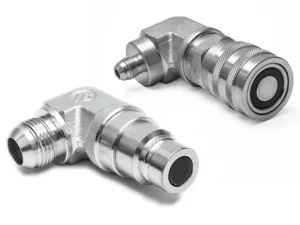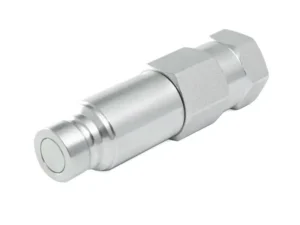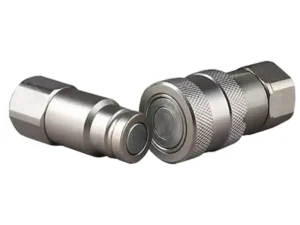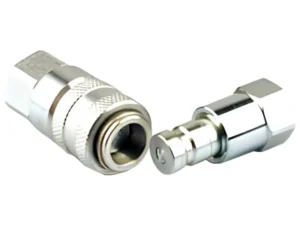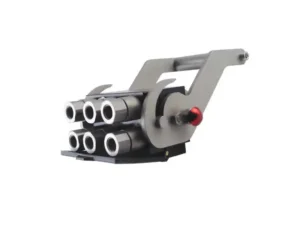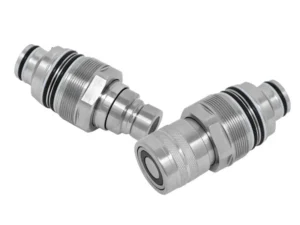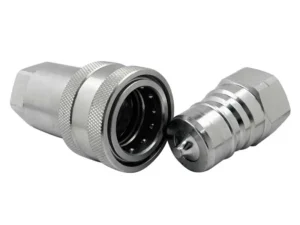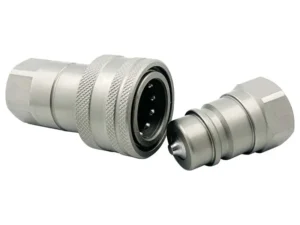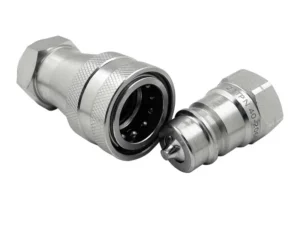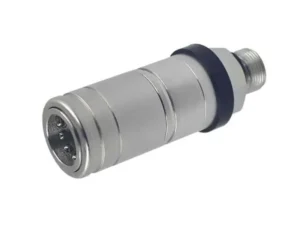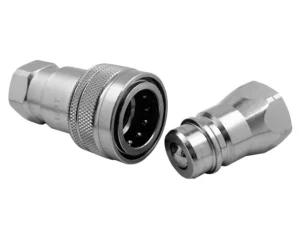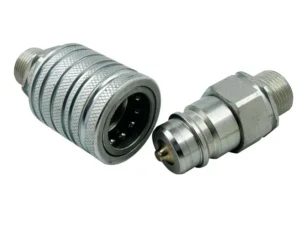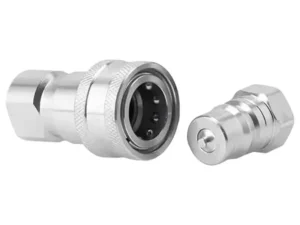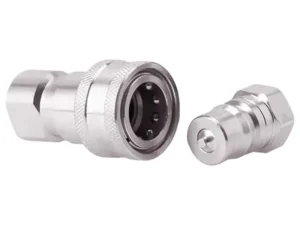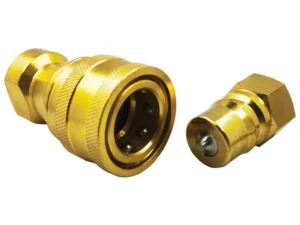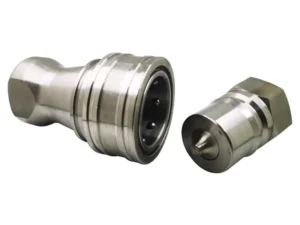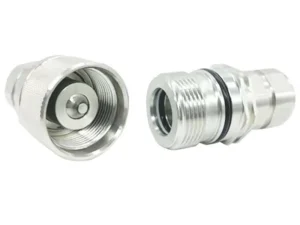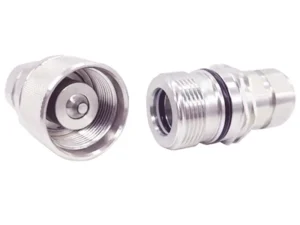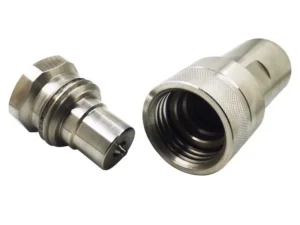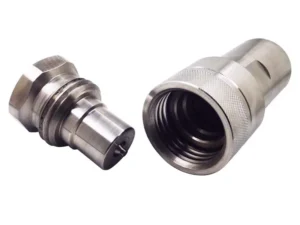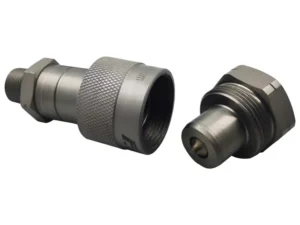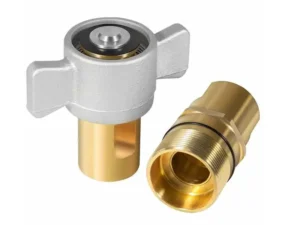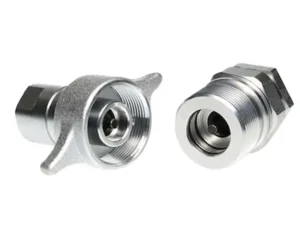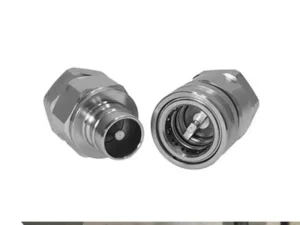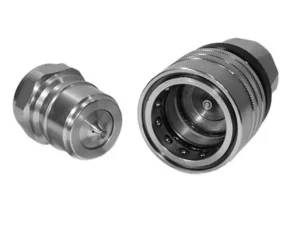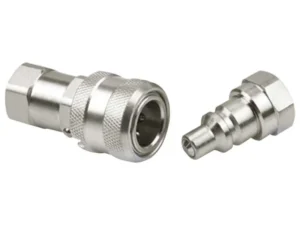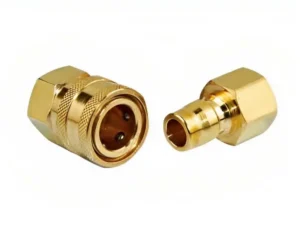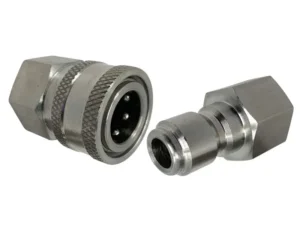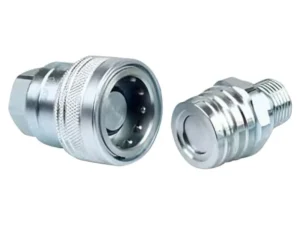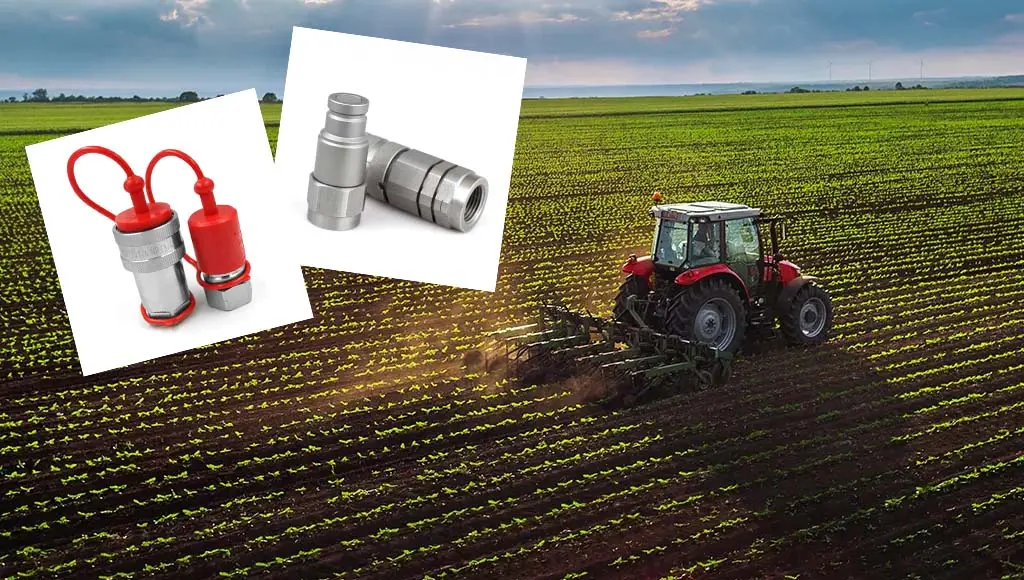Applications of quick couplings
Quick Couplings used in Agricultural
Quick couplings play a crucial role in modern agriculture, enabling fast and convenient connection and disconnection of hoses, pipes, and implements. They save time, reduce physical strain, and minimize contamination risks, ultimately boosting overall efficiency and productivity. In modern agriculture, agricultural machinery is indispensable, and hydraulic systems are the most widely used in agricultural machinery. Quick couplings play a very important role in agricultural machinery.
Table of Contents
Agricultural Equipment with different functions
Agricultural equipment comes in a wide variety, each playing a crucial role in different farm operations. Here’s a breakdown of some essential categories and their functions:
Land Preparation
- Tractors: Provide the primary power source for pulling various implements.
- Plows and tillers: Break up and turn over the soil, preparing it for planting.
- Harrows: Level and smooth the soil surface after plowing.
- Planters and seeders: Plant seeds at precise depths and spacing.
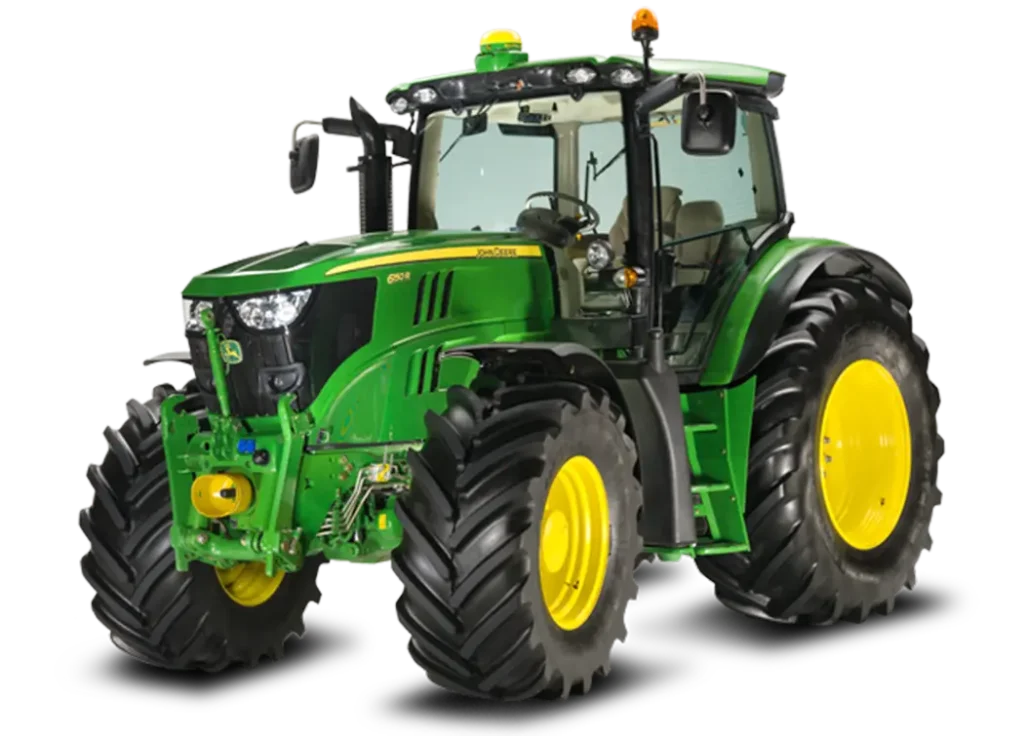
Crop Management
- Cultivators: Control weeds and aerate the soil around growing crops.
- Sprayers: Apply pesticides, herbicides, and fertilizers to protect crops and improve yields.
- Irrigation systems: Deliver water to crops efficiently, especially in arid regions.
- Harvesting equipment: Combine harvesters gather grains, fruit pickers collect fruits, and specific machinery caters to various crops.
Post-Harvesting
- Balers and haymaking equipment: Process and store dry plant material (hay or straw) for animal feed.
- Grain dryers: Reduce the moisture content of harvested grains for safe storage.
- Transportation vehicles: Trucks and trailers transport harvested crops and livestock.
Livestock Management
- Fencing and gates: Contain and manage livestock movement on the farm.
- Feeders and waterers: Provide convenient access to food and water for animals.
- Milking equipment: Efficiently extract and handle milk from dairy cows.
- Animal handling equipment: Assist with tasks like shearing sheep, vaccinating animals, and moving livestock.
Specialized Equipment
- Greenhouse equipment: Control temperature, humidity, and light for growing crops in controlled environments.
- Precision agriculture technologies: Drones, sensors, and software collect data and guide decision-making for optimizing resource use and maximizing yields.
Types of Quick Couplings
- ISO 5675 (Ag Couplings): The most common type in agriculture, specifically designed for high flow and pressure in hydraulic systems. Available in various sizes and configurations.
- Camlocks: Offer quick and easy connection/disconnection with a lever or cam mechanism. Suitable for water, compressed air, and low-pressure fluids.
- Dry Break Couplings: Prevent fluid spillage during disconnect, crucial for hazardous liquids like pesticides or fertilizers.
- Flat Face Non-Spill Couplings: Minimize fluid leakage while still enabling quick disconnect.
- Instantaneous Couplings: Connect or disconnect with a single action, ideal for fast changes between implements.
Applications
Connecting implements
Quickly attach and detach plows, planters, sprayers, trailers, and other equipment to tractors or other vehicles.
Transferring fluids
Quickly connect hoses for filling tanks with water, fertilizers, pesticides, or other liquids.
Operating hydraulic systems
Conveniently connect and disconnect hydraulic lines for powering implements, raising booms, and controlling various functions.
Cleaning and maintenance
Easy connection and disconnection of hoses for washing equipment, changing filters, or performing other maintenance tasks.
Benefits of Quick Couplings in Agriculture
- Increased efficiency: Saves time and effort during equipment changeovers and other tasks involving fluid transfer.
- Reduced physical strain: Eliminates the need for manual tightening and loosening of heavy hose connections.
- Improved safety: Minimizes risks of leaks and spills, especially with hazardous materials.
- Enhanced equipment versatility: Facilitates quick switching between different implements, increasing the farm’s capabilities.
- Reduced downtime: Enables faster repairs and maintenance, keeping equipment operational.
Choosing the Right Quick Couplings
- Consider the application: Match the coupling type and pressure rating to the specific fluid and pressure requirements.
- Size and compatibility: Ensure the coupling size and material are compatible with the hoses and equipment.
- Flow rate: Choose couplings with adequate flow capacity to avoid restrictions in your system.
- Ease of use: Select couplings that are easy to connect and disconnect, especially for frequent operations.
- Safety features: Opt for dry break or non-spill options if handling hazardous liquids.
By choosing the right quick couplings and incorporating them into your agricultural practices, you can significantly improve efficiency, safety, and overall productivity on your farm.

